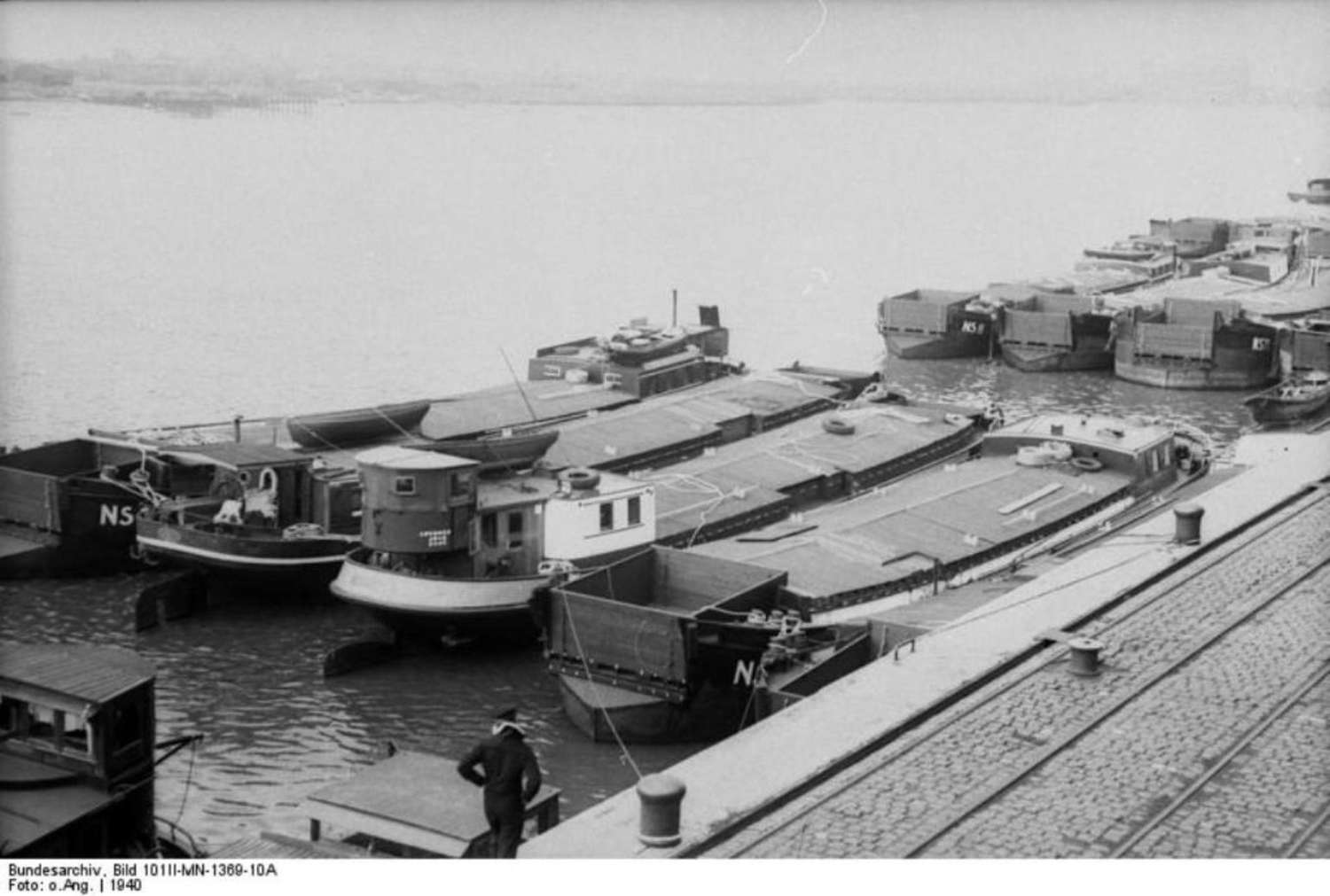SaparotRob
Unter Gemeine Geschwader Murmeltier XIII
Is the Mustang a British plane built at a remote factory?
Follow along with the video below to see how to install our site as a web app on your home screen.
Note: This feature may not be available in some browsers.
Ad: This forum contains affiliate links to products on Amazon and eBay. More information in Terms and rules
Nope - but it was built to a British requirement.Is the Mustang a British plane built at a remote factory?
Certainly not., the only British input was "it has to look good" which the Americans managed to achieve, for once.Is the Mustang a British plane built at a remote factory?
A late war development from when the USA realised that looking good was all that really matters.Well, let's be reasonable. There is also the Corsair...
Well, that clearly takes the French out of the running...A late war development from when the USA realised that looking good was all that really matters.
This is something of an established trope that's clearly bogus and had been thoroughly debunked for over 50 years, but still it endures!The British were able to prevail in the B of B because the Germans stopped attacking their airfields. The B of B was lost thanks to strategic decisions made by Goering.

The Brits wanted more P-40s than Curtiss could supply, and thought NAA would welcome the business.Nope - but it was built to a British requirement.
And let's be grateful the Brits taught us how to fly it.A late war development from when the USA realised that looking good was all that really matters.
And let's be grateful the Brits taught us how to fly it.

Nothing flies properly with a bird cage, you need a Malcolm hood for top performance. Seriously, regarding the P-51, I dont think the British could have designed it. It needed a fresh approach from people not steeped in an ongoing war and other design ideas. But then for other reasons the Americans wouldnt have ordered the Mustang/ P-51. It required a huge number of events and coincidences to get into service, and almost "missed the bus" on many occasions.And let's be grateful the Brits taught us how to fly it.
Well, that clearly takes the French out of the running...
Didn't Beverly Shenstone have a bit to do with the wings and F W Meredith from RAE the radiators?.Ironically, it was largely down to the German dude, Edgar Schmüd, born in Hornbach Germany
I feel similarly.Those are all beautiful planes you posted, and quite good ones too, though I became less impressed with the Ta -152 once I realized it had basically zero impact on the war.
I don't entirely disagree with this point either, though I'm still unconvinced on the merit of its technology and high speed performance when compared to aircraft of other powers. Its maneuverability could compensate for its speed to some degree, especially in your what-if scenario where there would be a greater quantity of skilled pilots to exploit this strength, but it doesn't seem to be superbly advanced as a design for the time, except maybe the butterfly flaps you have spoken of prior.I think the only thing wrong with the Ki-84 is that it came out about a year and a half too late. If it had been an aircraft of the winning side, it would be a lot more famous.
Performance? At all altitudes in and above 6000m, where the N1K2-J (the faster model) would attain its maximum speed, the P-47C/D still exceeded it in level flight speed, even with the calculated maximum speed of the former with emergency power. Admittedly, the P-47 is not as maneuverable, with an inferior rate of climb. As for armament, the P-47 appeared to have a greater quantity of machine guns, even if they were of inferior calibre, with faster rates of fire and greater number of rounds.And I would also say the N1K1 "violet lightning" compares fairly well to any version of the P-47 actually used significantly in combat. Pretty similar in performance, probably superior in maneuverability and armament. And well protected too.
Out of interest, what bearing does 'your preference' have upon either the lesson of history, or the direct experience of pilots during the war?I feel similarly.
I don't entirely disagree with this point either, though I'm still unconvinced on the merit of its technology and high speed performance when compared to aircraft of other powers. Its maneuverability could compensate for its speed to some degree, especially in your what-if scenario where there would be a greater quantity of skilled pilots to exploit this strength, but it doesn't seem to be superbly advanced as a design for the time, except maybe the butterfly flaps you have spoken of prior.
Performance? At all altitudes in and above 6000m, where the N1K2-J (the faster model) would attain its maximum speed, the P-47C/D still exceeded it in level flight speed, even with the calculated maximum speed of the former with emergency power. Admittedly, the P-47 is not as maneuverable, with an inferior rate of climb. As for armament, the P-47 appeared to have a greater quantity of machine guns, even if they were of inferior calibre, with faster rates of fire and greater number of rounds.
At the end of the day, big engines and fast high altitude speeds still appeal more to me. Just my preference.